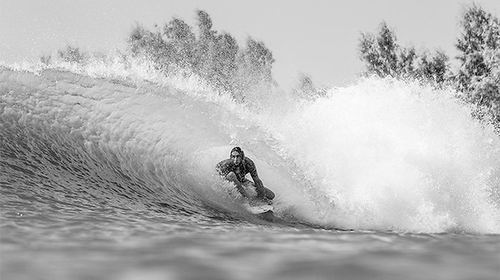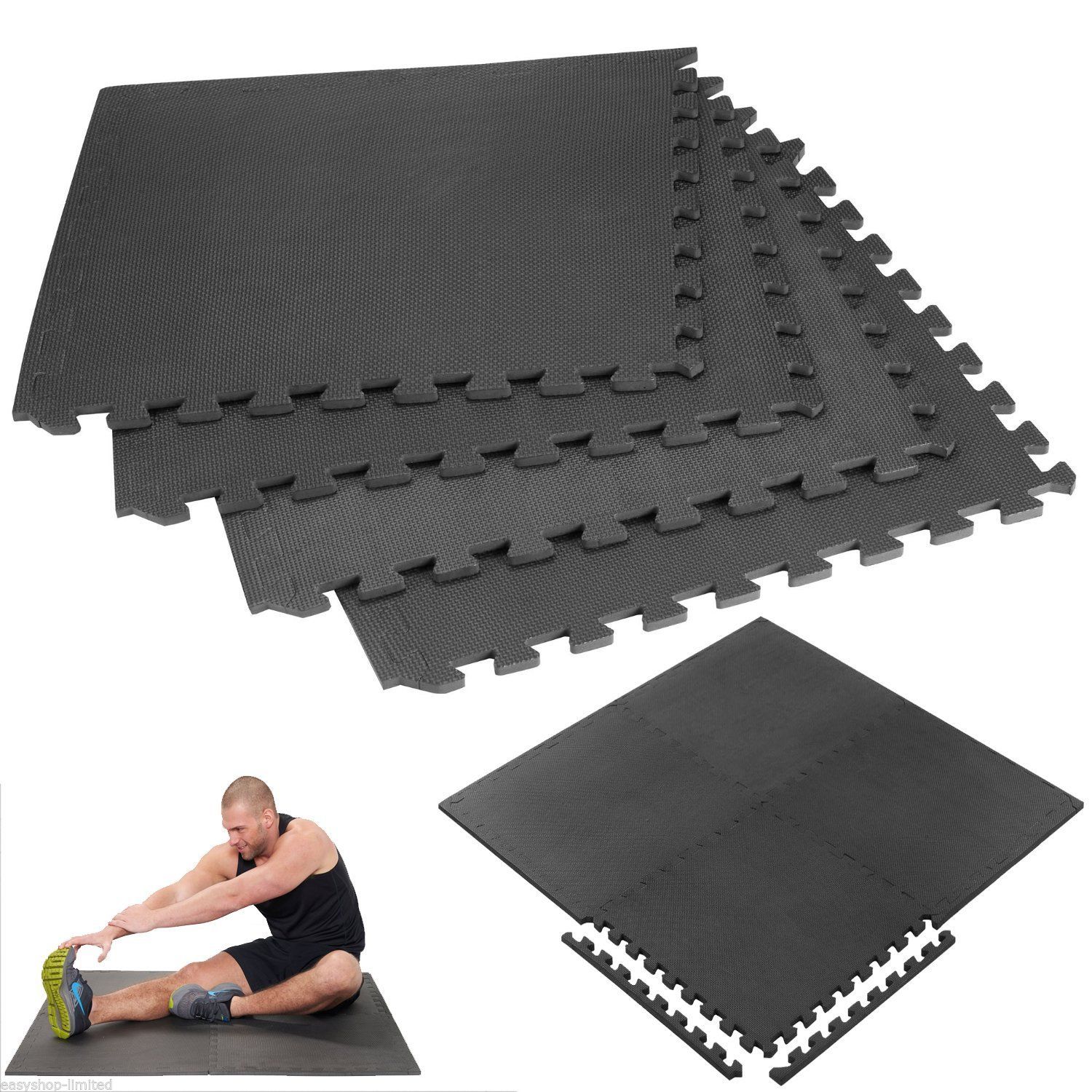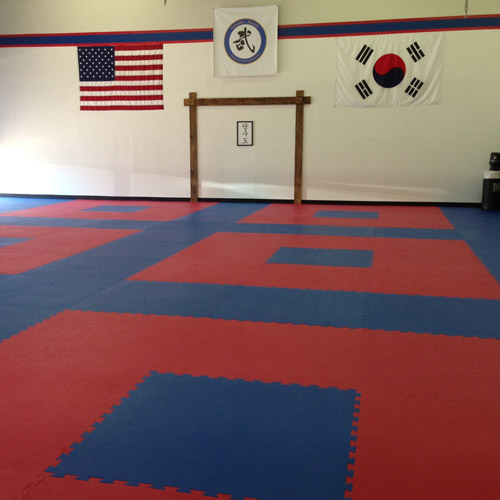This is a scientist and surf expert teaming up to retell the [endless summer". This classic 1966 documentary tracks two surfers around the world looking for the perfect wave.
Good surf waves are rare, and even if all the power can come together, [magic" is fleeting. Few beach bottom contours can convert swells into waves that surfers want. Even if they can be transformed, the size, angle, and periodicity of the wave expansion, coupled with the constant fluctuations of wind and tide, also mean perfection. The waves are rare.
Recently, surfing champions and fluid mechanics experts have changed the situation at a 175-kilometer-long central California farm in the United States.
Perfect spray
On a 700-meter-long artificial lake, they designed a system that could pull a metal blade called a Hydrofoil through the water. The resulting surge can sweep over the bottom of the lake. Scientists have used the help of supercomputers to accurately design the outline of the lake. As a result, it will again and again become a mysterious and perfect surfing wave.
Professional surfers who can flip the ever-changing ocean are also shocked by the waves that Adam Fincham summoned with "magic". Scientists and surfers team up to create this perfect wave: Fincham is a research fellow at the University of Southern California, and Kelly Slater has won 11 World Surfing titles ever.
In September last year, 18 professional surfers came to this so-called "surfing ranch" to participate in the "Future Classic" competition. The competition is to assess whether the performance of the surfing pool can be used as a venue for the World Surfing Federation Tour Championship. This simulation contest is sponsored by the World Surfing Federation and the relevant personnel will use the large-screen monitor to select each wave and slow motion for playback. "The waves they created for surfers were second to none," said contestant Adrian Buchan. He ranked 15th on this year's tour.
Fincham's colleagues are as impressed with the work as the surfers. Olivier Eiff, a mechanical engineer specializing in environmental fluid mechanics at the Karlsruhe Institute of Technology in Germany, says that scientists are researching waves that often focus on their effects on erosion, ocean-to-air gas exchange, and coastal structures. But creating waves is a daunting challenge to fluid mechanics. "This is an incredible job," Eiff said. "I don't know who else has the guts to touch this complex issue."
If surf farm supporters hope that people can build similar wave pools around the world, it will fundamentally change the surfing world. However, in the surfing blog circle, there are also people who worry that the [Kelly Wave" will deprive the natural charm of surfing and may cause a large number of newcomers to enter and destroy the tranquility of the ocean.
But there are far more supporters than opponents. "The best surfing in the world will come from Little Rock, Arkansas. It's the start of a great revolution," said surf world champion Fred Hemmings in 1968.
"Crazy Creativity"
In fact, the surfing pool dates back more than 50 years, but even the best man-made pool is pale compared to a good ocean surf. In the ocean, when the water depth is approximately half of the distance (wavelength) between successive wave crests, the surface gravity waves generated by the storm roll in deep water and only interact with the ocean floor or shallows. Then three things happen: the wavelength shortens, the height increases, and the peak moves faster than the trough. When the wave height is the same as the water depth, the waves will break and the surfers can break the waves.
If the contour of the bottom is just right, the wind blows from the land to the sea, or it is still, then the water surface bulges into a broken wave, the energy loss can be distributed evenly to the left and right, and the white water is like a slowly closing curtain on the surface of the wave. mobile. The steeper waves can form a pipe that allows more skilled surfers to glide through them for a few seconds. Sliding in the waves for 30 seconds is a very long journey, and few places can continue to produce such waves.
In 2006, Slater, the world's most famous surfer, found Fincham. At the time, Fincham was dedicated to simulating the natural waves in the sink. "I don't know who he is," Fincham said. Fincham, who grew up in Jamaica, began surfing when he arrived at the University of Southern California.
At that time, in order to develop the perfect wave, Slater founded a company named after him and immediately hired Fincham.
Fincham has crazy ideas, and "stuck." He has published papers such as the use of digital particle imaging velocimetry to measure esoteric turbulence attenuation in rotating layered fluids. But Slater joked that he and Fincham had little OCD. "If your team doesn't have a passionate person, it's hard to do things in different ways," Slater said.
At that time, Slater wanted a highly functional tube-wave that could be rolled up endlessly. Fincham recalled: "Obviously, he wants his kind of waves. It must be tubular, powerful, durable, and must be constructed in a manageable way."
The tanks in the lab usually produce waves that are a few centimeters high. This can be described by a linear equation: you can reliably predict what is produced.
But scientists are trying to generate a larger surface bulge through the release of a non-linear force from steep waves, including turbulence, slow-moving thin layers (boundary layers), and oscillations of the entire body of water called [lake shocks." "Non-linearity is everywhere," Eiff said, which makes it extremely difficult to "draw" an artificial wave.
On the other hand, the scientific literature on wave creation is not deep. The U.S. patent applications of Fincham and Slater also refer only to two related scientific papers and were written by famous physicists and mathematicians in the 1870s. So Fincham and Slater can only rely on themselves.
They started in the lab's wave tank. Many wave-making sinks use paddles, plungers, caissons, or other strategies to effectively throw water into the air, but Fincham's team designed a hydrofoil that was partially submerged in water. As it passes through the pool, the hydrofoil toggles the water to one side (but not upwards) and then pulls it back to "restore" some of the water pushed by it. The result is an isolated wave in the mouth of a physicist who simulates a single ridge on the open ocean.
Riding the waves
Then, Slater's surfing experience began to participate. He said: "Fincham's job is to figure out how to generate waves. My job is to figure out how to break it."
This requires a very shallow "coral reef", and only a suitable shape can turn a wave into a perfect wave. In order to adjust the shape of the bottom of the pool, the team entered Slater's experience into a supercomputer for simulation. In computer simulations, waves are millions of grids that represent air and water.
The scientists calculate each grid and their interactions to simulate the evolution of waves. Geoffrey Spedding, an expert in fluid mechanics at the University of Southern California who was not involved in the project, said that this calculation is [mathologically stunning".
The Fincham team transferred the laboratory findings to a surf farm - a rectangular pool that was originally an artificial waterslide lake. The hydrofoil parked in water several meters deep and was attached to a device equivalent to several train cars. It operated along an orbit at a speed of 30 kilometers per hour.
The system can produce a solitary wave that is more than 2 meters high. The bottom of the pool is covered with flexible yoga mats, and there are different slopes in different places, and this determines when and where the waves are broken. In addition, the hydrofoil actuator can also adjust the size and shape of the waves to suit different skill levels.
The hydrofoil moves in the pool forming a right-to-left wave. The huge sink can act as a shock absorber, reducing the water that bounces back from the pool wall, but it takes 3 minutes to calm the water. Then, the hydrofoil returns from the pool and forms a wave in the opposite direction. This journey can last up to 50 seconds, and the waves alternately "carve" a huge wave.
In the September game, Stephanie Gilmore, who won six women's surfing world championships, glided through the waves for an astonishing 14 seconds.
In addition to providing a novel competition for the Olympic Games, these artificial waves can also be used as training platforms for advanced surfers as well as beginners' controlled learning devices. This commercial potential has enabled World Surf Alliance Holdings to acquire a controlling stake in Slater. Tom Lochtefeld, an inventor in San Diego, Calif., said: "The waves are fantastic and everyone will love surfing."
Fincham predicts that one day there may be a surf wave that can perform incredible operations, such as rollovers in a circular loop. "We have got a perfect natural wave, and, it's cool," he said. "But can we create a supernatural wave that almost subverts nature?"
Perhaps they have created something supernatural.

What's more, if you have any interested in EVA boat decking sheet or EVA SUP Pad & Eva Traction Pad, please feel free to contact us.
Melors Team
2018.03.26
E-mail:admin@melorsfoam.com
Skype:helen.oscar
WhatsApp:+86-13699812532
Tel:+86-752-3553578
Eva Mat is a kind of foam mat for EVA sport mat, Eva Exercise Mat, and Eva Training Mat, made from Eco-friendly, high density, closed cell, non-smell and non-toxic Eva Foam material.
The EVA Mat is offered in either 60cm x 60cm size or 100cm x 100cm size. 60cm x 60cm size. With interlocking edges, the mats can be easy to connect together without any loose.
60cm x 60cm EVA mat is normally applied in room, or gym. It is easy to store, more popular for the personal exercise lovers to use at home. Also it can be a good protection for home flooring if you are intended to set up a heavy training equipment in your house.

100cm x 100cm EVA mat is also called Martial Arts Mat,
Taekwondo mat, Karate mat, Judo mat, Jiu Jitsu mat and Aikido mat, cause it is
normally applied in dojo for Taekwondo, Karate, Judo, Jiu Jitsu and Aikido training.
Also the mat is reversible with double colors, which forms a standard size
flooring for training.

EVA Mat
Eva Mat,Eva Tatami Mat,Training Mat,Judo Mats,Interlocking Foam Tiles,Eva Foam Mat
Huizhou Melors Plastic Products Factory , http://www.melorsfoam.com